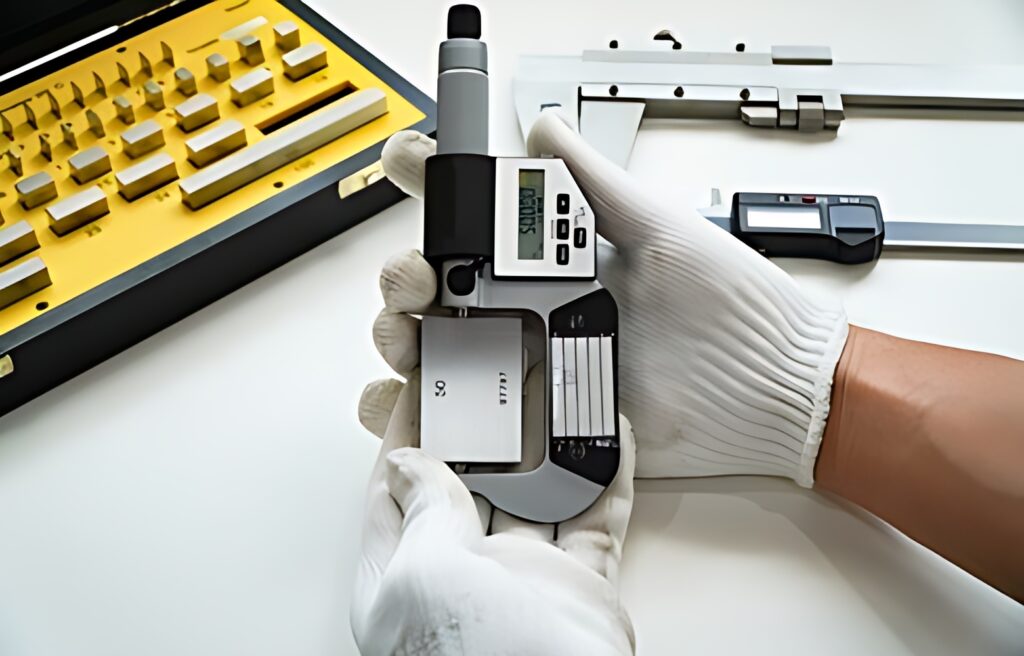Mechanical calibration is the process of verifying and adjusting, if necessary, the accuracy and precision of mechanical measuring instruments, tools, and devices. These instruments are used to assess various mechanical parameters such as length, force, pressure, torque, and vibration.
Mechanical calibration is crucial in industries such as manufacturing, construction, automotive, aerospace, and quality control to ensure that products meet specified tolerances and standards.

The specific steps involved in mechanical calibration can vary depending on the type of instrument or parameter being measured. However, here are some common aspects and steps in mechanical calibration:
- Selection of Calibration Standards: Choose appropriate calibration standards, often known as mechanical standards or artifacts, that have known and traceable values for the specific mechanical parameter you are calibrating. These standards serve as reference values for the calibration process.
- Calibration Environment: Establish a controlled and stable environment for the calibration procedure, which may include temperature and humidity control, to ensure consistent results.
- Instrument Preparation: Inspect and prepare the mechanical measurement instruments and tools to be calibrated. Ensure that they are clean, well-maintained, and in proper working condition.
- Zero or Origin Calibration: If applicable, perform a zero or origin calibration to ensure that the instrument reads zero or its reference point correctly when no measurement is being taken.
- Calibration Measurements: Use the calibration standards or artifacts to make measurements with the instruments being calibrated. Record the readings provided by the instruments and compare them to the known reference values.
- Data Collection: Collect data during the calibration process, including the reference values and the instrument’s readings. Record any necessary corrections or adjustments made during the process.
- Data Analysis: Analyze the collected data to assess the accuracy and precision of the mechanical measurement instruments. Calculate errors, uncertainties, and deviations from the reference values.
- Adjustment or Correction: If the measuring instruments do not meet the desired accuracy specifications, adjustments or corrections may be necessary. This could involve modifying the instrument’s settings, applying calibration factors, or repairing it.
- Re-Calibration and Iteration: Repeat the calibration process if adjustments are made to ensure that the instruments now meet the required accuracy. Calibration may need to be iterated until the desired accuracy is achieved.
- Documentation: Thoroughly document all aspects of the calibration process, including the calibration standards used, test conditions, results, adjustments made, and any uncertainties associated with the measurements.
- Calibration Certificate: Issue a calibration certificate that summarizes the calibration process and results. This certificate may be required for regulatory compliance or quality assurance purposes.
- Regular Calibration: Mechanical measurement instruments and tools should undergo regular calibration to ensure ongoing accuracy. The frequency of calibration depends on factors such as the type of instrument, industry standards, and the specific application.
Mechanical calibration is essential for ensuring product quality, compliance with design specifications, and accurate measurements in various industries. Accurate mechanical measurements are critical for tasks such as structural analysis, material testing, quality control, and machinery maintenance. Regular calibration helps prevent measurement errors that could lead to equipment failure, product defects, or non-compliance with industry standards.
